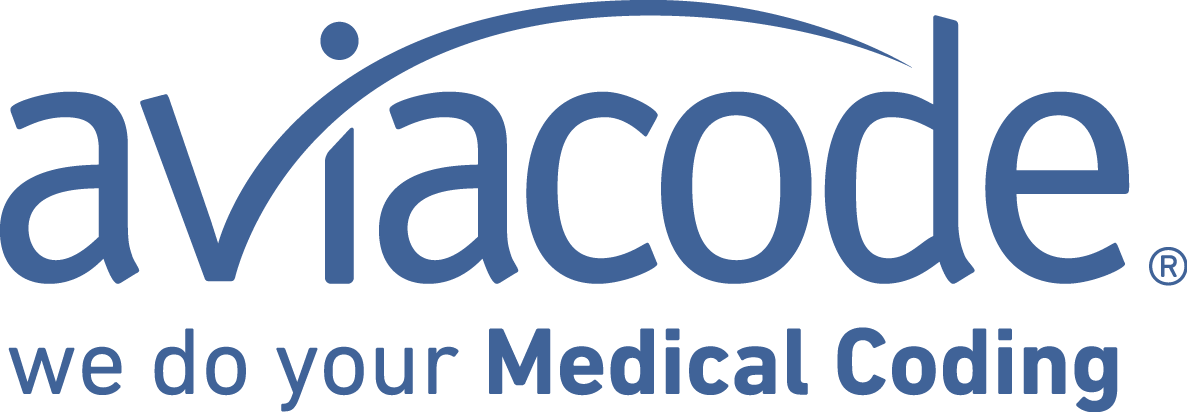There has been a wealth of information available on the ICD-10 initiative. Nevertheless, many physicians still strongly believe that this is strictly a ‘coding’ issue. Hence, it will not affect them in anyway as they go about their daily routine, nor will they have to submit to any type of training in advance of the October 1, 2015 go-live date.
Most physicians seem to comprehend that the ICD-9 to the ICD-10 changeover may result in a loss of revenue if they do not personally ensure that their coders are correctly trained to use the new code sets. On the other hand, the physicians who do not fully comprehend the extensive effects of the ICD-10 implementation will be faced with a momentous revenue loss if they themselves are not sufficiently prepared.
While the ICD-10 moves us ahead from our current number of 14,000 diagnosis codes to a future number of 68,000 diagnosis codes, the capability of the coder to properly assign the new codes and use the new coding system relies profoundly on the physician's clinical documentation to finish the process.
While there is some truth in the statement physicians do not need to learn how to code. Under the ICD-10 physicians will have to document at a detailed degree of specificity that is not required when using the ICD-9. Physicians will need to note elements such as episodes of care, laterality, weeks of pregnancy, stages of healing, etc. Unlike the ICD-9, which did not require such specific elements and allowed the coder the ability to select “not elsewhere classified, “unspecified,” or “other” as a coding choice, whereas the ICD-10 necessitates specificity. Charts lacking clinical documentation of diseases, stages of diseases, disease processes, accident details and outside causes, and surgical specifications the coders will have no option but to return the charts to the physician for interpretation and addendums. It is anticipated that on October 1, 2015 thousands of medical charts will be returned to the physicians and without a doubt the returns will result in an extreme loss of productivity for the physicians and the coders as well a critical loss of revenue for the entire practice, especially if physician training is delayed.
To matters even worse for the physicians and the patients, ancillary order forms must have the proper ICD-10 diagnosis code or the patient will not be able to have any diagnostic tests done at clinics or hospitals. If the appropriate clinical documentation is not on the patient’s medical chart they will have to leave and return when the physician has properly filled out the test forms using the ICD-10.
Unfortunately, with the ICD-10 implementation only two weeks away physicians no longer have enough time to apply the standard learning process on how to document properly and receive the revenues owed to them for services provided.
However, there is one tool available that will allow the physicians to quickly identify the additional specificity that is required in their clinical documentation to allow them to make the transition from the ICD-9 to the ICD-10 in four simple steps using the ICD-Advisor training tool. Which will put an end to lost revenues and patients showing up for the wrong tests. The ICD-10 effects everyone from the physician to the patient.
Source
Learn More about aviacode online at www.Aviacode.com




